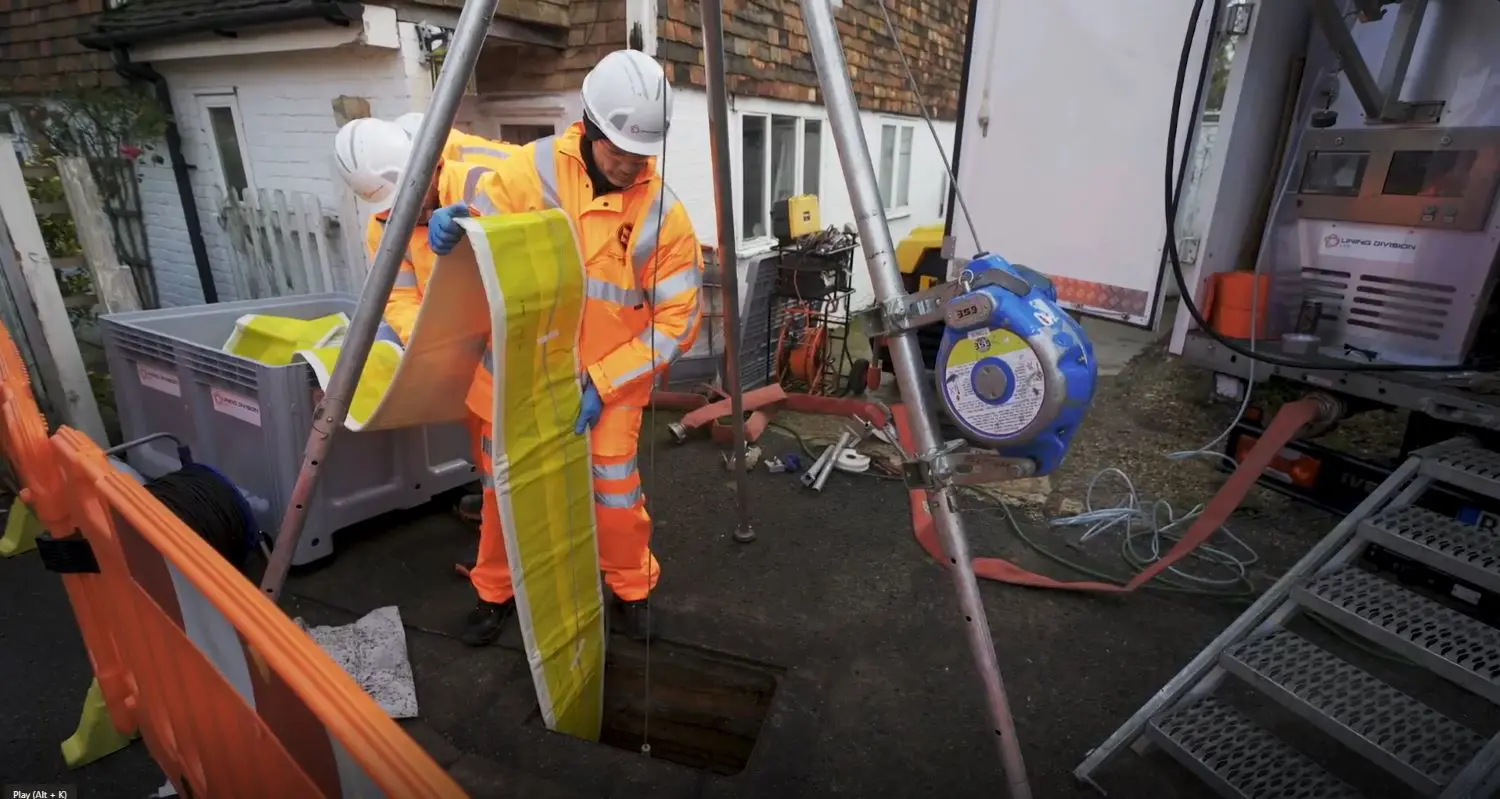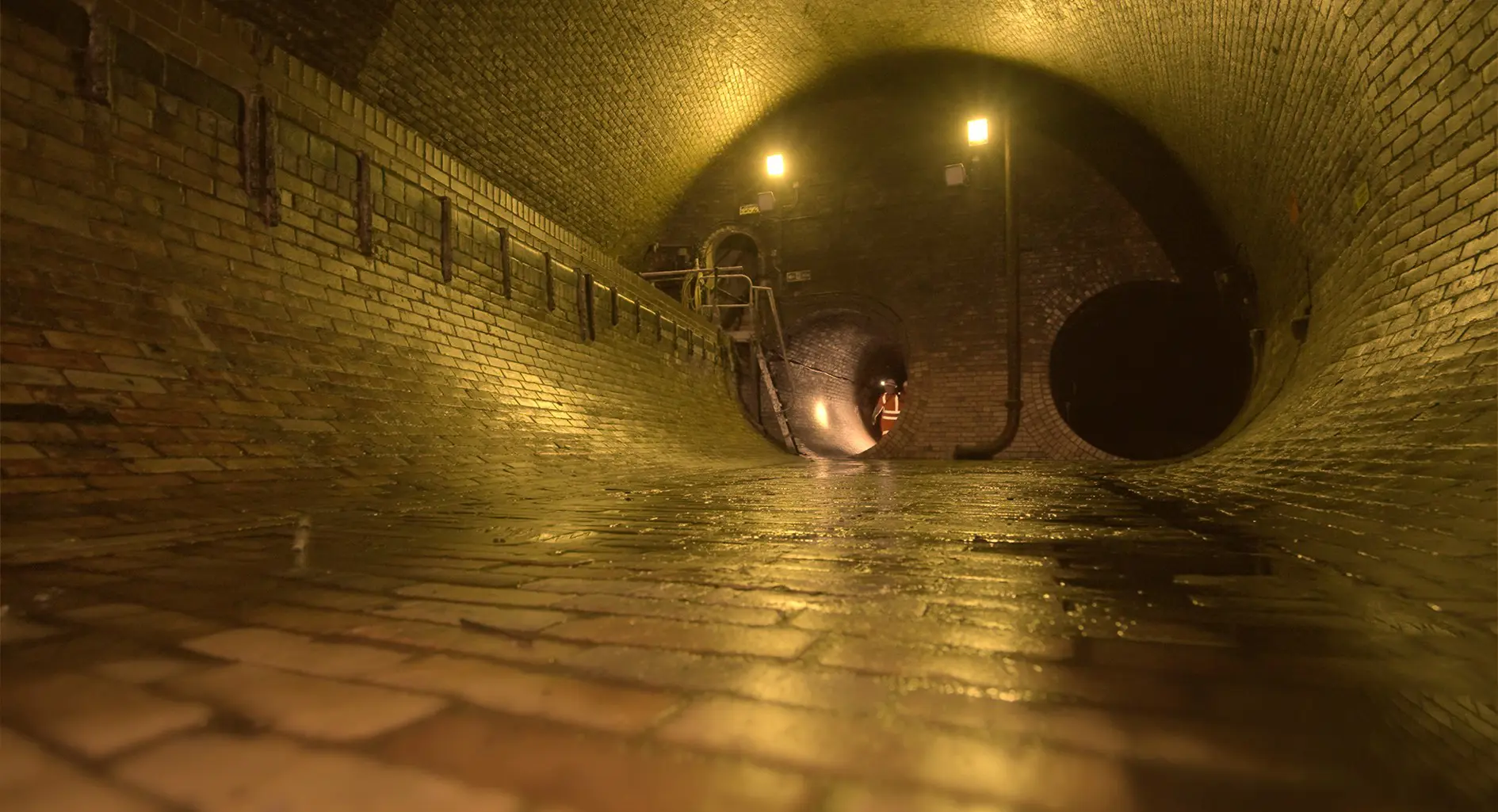The sewer system
Here you can find out about the UK sewer system, sewer sealing, the growing challenges on our network and how we're responding.
Combined sewers
Built by the Victorians in the late 1800s, the combined sewer network carries surface water and wastewater together in the same system and today, is treated at our wastewater treatment sites.
- Wastewater is from homes and businesses and includes water from toilets, sinks, showers and washing machines.
- Surface water is rainwater from roofs, driveways and roads.
There are over 100,000km of combined sewers in the UK, 40,000km of which are in our region.
Since the 1960s, most new buildings connect to separate sewers; a foul water sewer for wastewater and a surface water sewer for rainwater runoff.
However, the majority of our homes and businesses are connected to a combined sewer, presenting a number of challenges we're working hard to overcome.
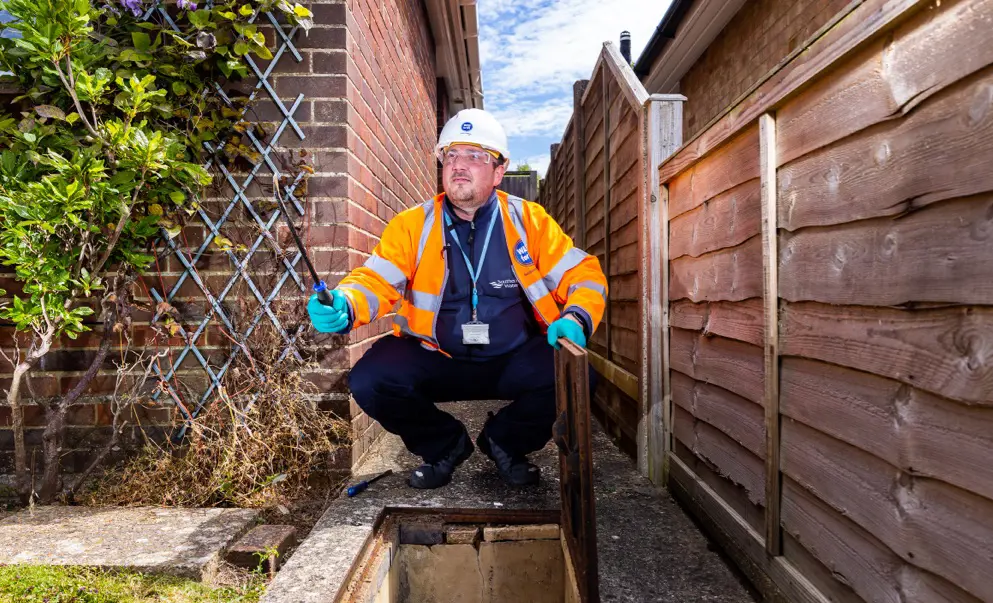
Everything you need to know about sewers
What we’re doing
Digging up and replacing all 40,000km of network would cause a lot of disruption to our communities. So, we're looking at ways to slow the flow of water entering the system through our Pathfinder projects.
We're also using innovative technology to seal sewers, find and fix leaks with the help of AI, separating surface sewers and expand the capacity and efficiency of our treatment works. This will relieve the amount of pressure put on our network, reducing storm overflows and future flooding.
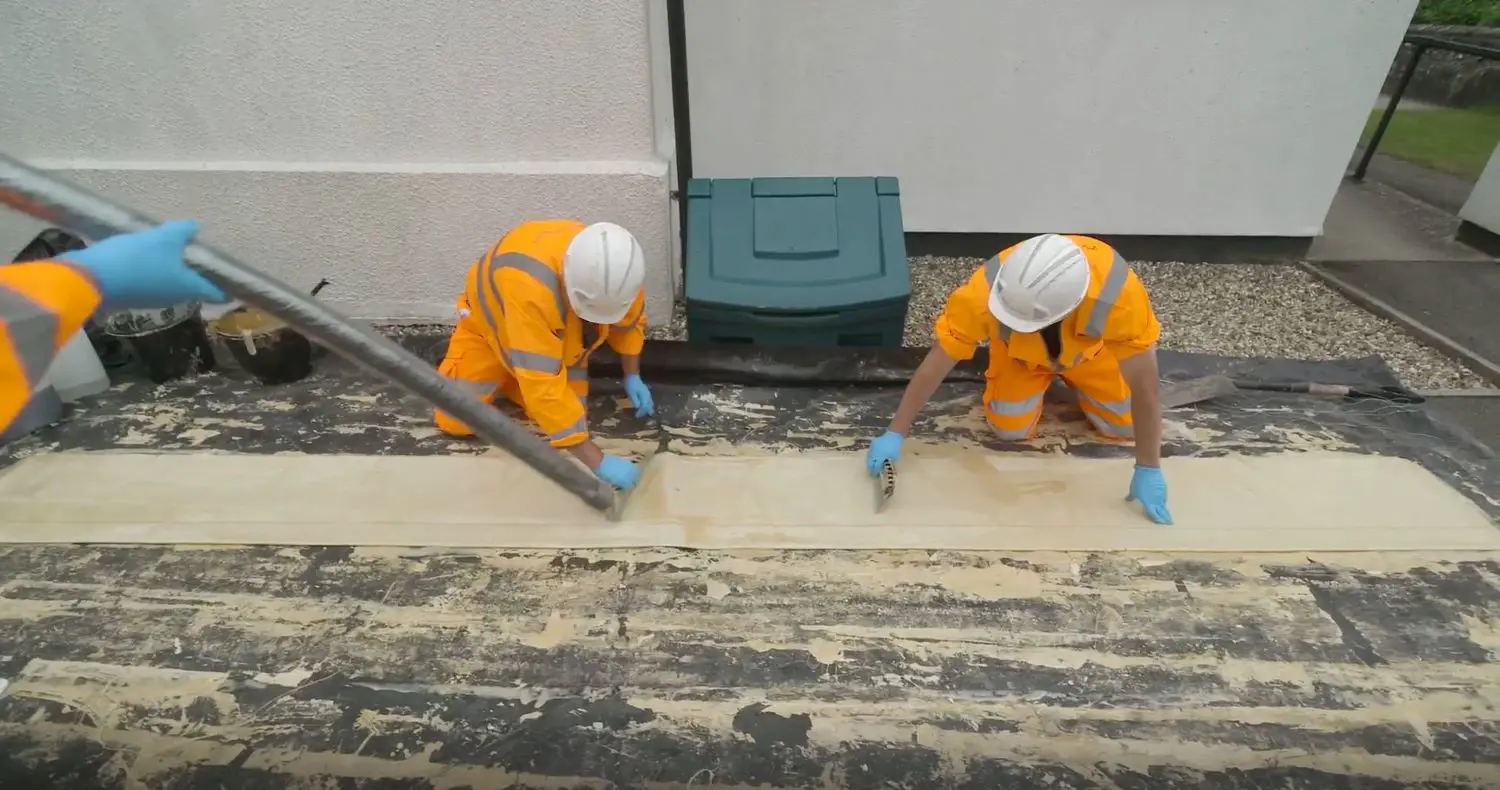
Challenges we face
Our sewer system is under more pressure than ever because of the growing population, more frequent extreme weather events, and an increase in impermeable areas like roads, roofs and carparks.
When our system becomes overwhelmed, there's an increase in storm overflows and a greater risk of flooding, so it's important we find a way to keep all the extra surface water and groundwater out.
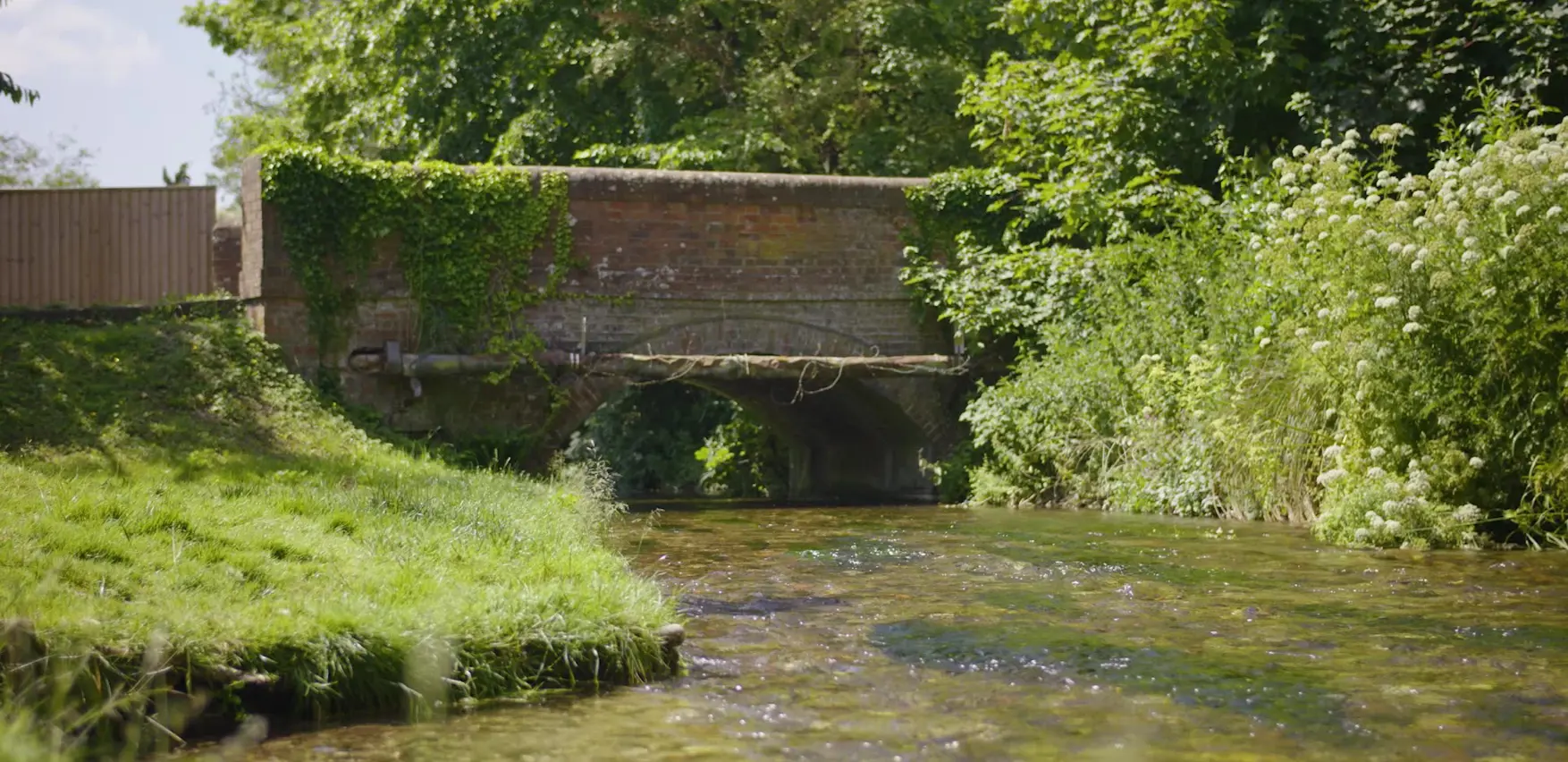
A brief history
The first sewer systems were built by the Indus Valley Civilisation around 3000-2000 BC and laid the groundwork for modern sanitation.
During the 19th century, the UK developed its extensive underground sewer network, including thousands of miles of combined sewer.
Over the past two centuries, improvements in sanitation and environmental protection have positively changed the network with more extensive sewer treatment and regulations and the introduction of separate foul and surface sewers.
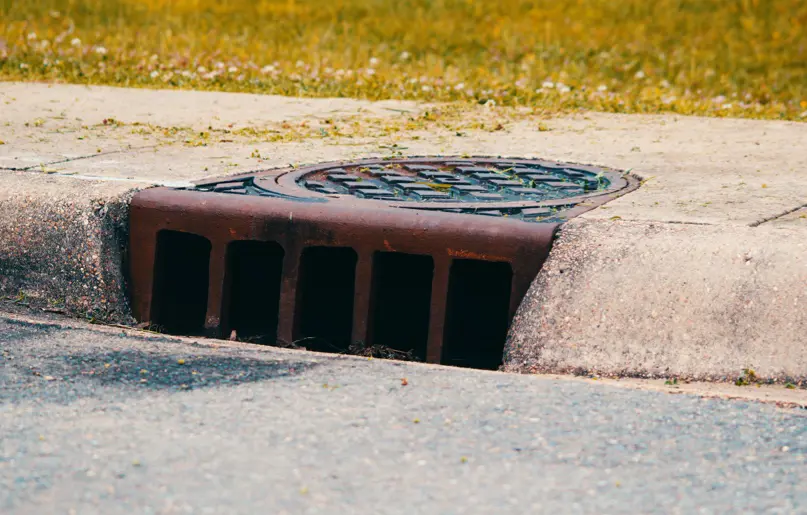
Sewer sealing
By sealing and reinforcing the pipework we can stop groundwater from finding its way in and overwhelming the system, causing storm overflows. Watch this short video to learn more.
Sewer sealing involves inserting a resin-coated tube into an existing pipe. It is then inflated and cured in place with UV light, creating a strong, seamless lining.
Another method uses TuboGel, a special gel made up of two liquids flushed through the pipes. The first leaves a coating on the inside and the second causes a chemical reaction to solidify the coating.
As well as re-lining sewers, sewer sealing can also involve patching small sections of pipework only where it's needed. These technique reinforces ageing or damaged pipes without needing to dig up the roads.
In 2022 more than 30 tankers per day were needed in Pan Parishes to remove excess groundwater from the sewer and transport it to one of our wastewater treatment works. We’ve recently sealed over 4.5 kilometres of public and private pipework in the area, completely eliminating the need for tankers in the area.
We’re rolling out this method in areas that have been impacted by high groundwater levels and frequent flooding.
Much of the ground in our region is made up of chalk which acts like a sponge soaking up excess rainwater until it becomes saturated. When the ground can’t absorb any more water, it comes up through drains and gaps in the ground leading to groundwater flooding with a huge impact to local communities.
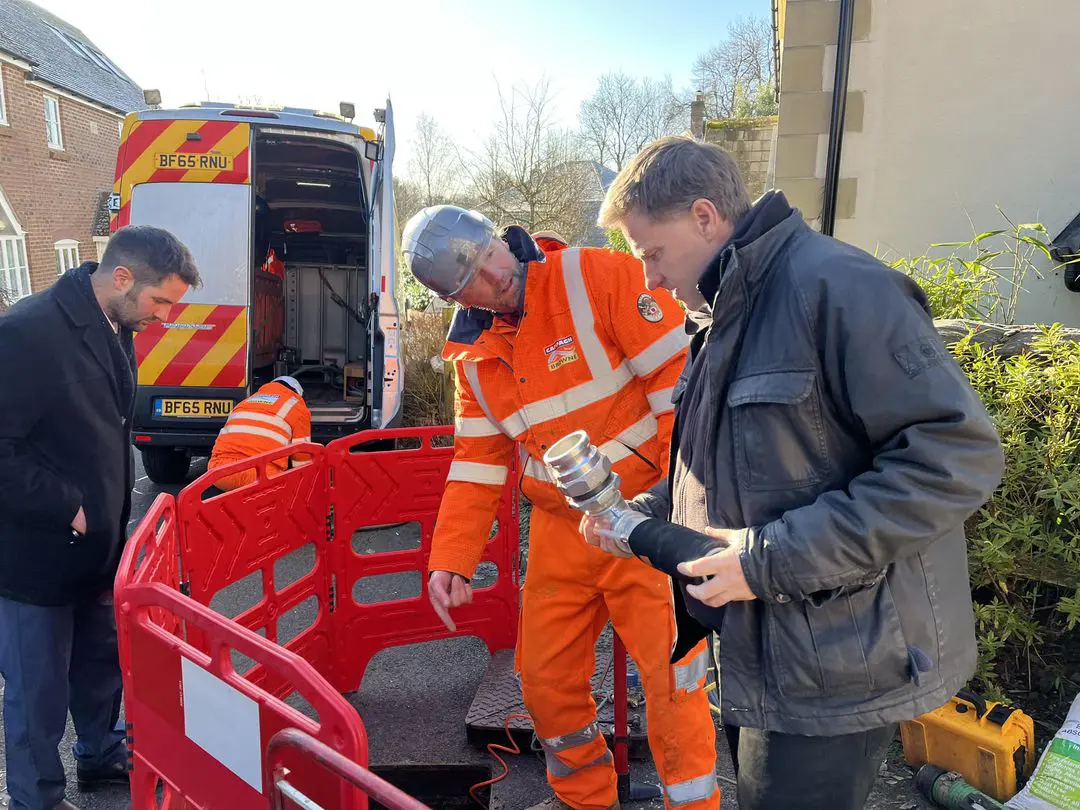
Brighton's super sewer
Brighton is famous for its lively culture and attractions, but its sewer system is just as fascinating. Built in the late 19th century, Brighton’s Victorian sewer system was a marvel of engineering. It was hand-dug, spanning over 40 kilometres and completely revolutionised waste management in the city by directing sewerage underground.
In the 1990s, Southern Water engineers made further innovations by constructing a massive storm tunnel - 5km long and six meters wide -capable of handling 150,000 tonnes of sewage and rainwater, solving the issue of sewage spills.
Today, Brighton boasts a cutting-edge wastewater treatment plant in Peacehaven, which cleans the city’s sewage to near river-water quality while generating significant energy—enough to power an average home for 66 years.

